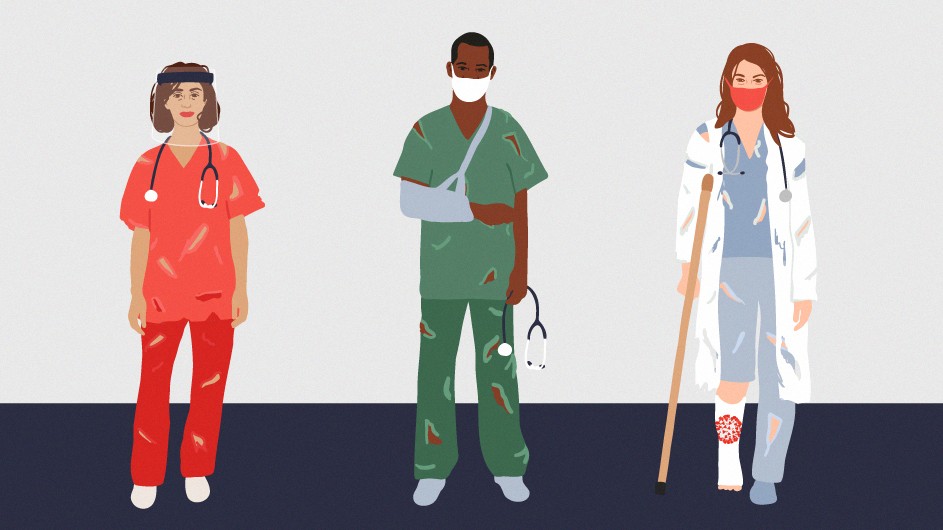This is part of a Columbia News series, titled Lessons Learned, which invites the Columbia community to reflect on the pandemic and the insights, personal and professional, they have gained from their COVID-19 experience. These essays speak to the innovation, creativity and resourcefulness we have witnessed during this period of unprecedented challenge, as well as some of the silver linings in the actions we have had to take by necessity.
The onset of the COVID-19 pandemic quickly thrust policymakers, clinicians and administrators into an abrupt evaluation of the U.S. health care industry’s ability to meet the demands of patient care.
At times, and most important, the crisis laid bare cracks in the health and hospital system and exposed vulnerabilities that have impeded the heroic efforts of health care workers to effectively meet a timely public health response.
These deficiencies stem from a limited workforce supply; acute shortages of materials like masks, ventilators, intensive care unit capacity; and communication missteps between public authorities and frontline workers.
Further, despite alarming clinician burnout rates and their massive impact on health care, the status quo appears to be that clinicians are invincible and expected to adapt to the high-stress environments in which they deliver care.
Yet, upward of 600 frontline health care workers lost their lives in the U.S. during the COVID-19 outbreak. More clinicians are expected to experience adverse psychological tolls in the immediate aftermath. Infrastructure weaknesses have been illuminated.
Coronavirus revealed the unprecedented and overdue need to further refine care delivery; re-evaluate hospital policies and protocols; and overhaul the traditional hierarchy that inhibit clinicians from practicing at the height of their education and training.
Now is the time to examine the damage and rethink the future. The U.S. must begin to build a system that delivers high-quality patient care using the most clinically advanced and cost-effective methods, while concurrently ensuring the safety and well-being of clinicians.
Efforts to strengthen the system need to start at the individual organizational level and be driven by clinicians themselves. Practice changes and policy reform at the local level will subsequently inform state and federal policymakers and arm them with data needed to support an effective response to the public health need.
If there were ever a time to recognize the contributions and needs of the health care workforce, now is that time. Coronavirus exposed a lack of preparedness that put our clinicians—and patients—at risk. Public and private health systems need to change today—and in the future—to address this pandemic and those to come.
Allison Norful is an associate research scientist in the Columbia School of Nursing whose research focuses on inter-professional teamwork, RNs in primary care and the impact of work environment factors on the physical and psychological health of clinicians.

